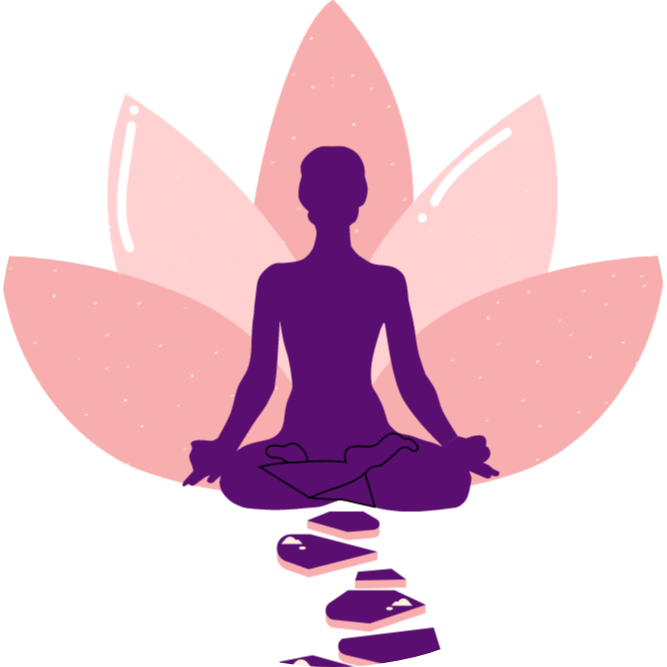Learn Yoga Philosophy
Yoga Sutra I.4

वृत्ति सारूप्यमितरत्र ॥४॥
vṛtti sārūpyam-itaratra ॥4॥
At other times, the seer seems to identify with the fluctuations of the mind.
In Yoga Sutra 1.3, we saw that when the modifications of the mind are mastered, our being rests in its own true nature. Yoga Sutra 1.4 further expands on this, when it declares that at all other times, when we have not controlled the fluctuations of the mind, we appear to take on the form of our fluctuating thoughts.
- vritti = fluctuations, of the operations, activities, fluctuations, modifications, changes, or various forms (of the mind-field)
- sarupyam = identification of form or nature, similarity, assimilation, appearance of, conformity with the shape of
- itaratra = otherwise, elsewhere, at other times, when not in that state of realization above
Patañjali states here that at other times – that is, when not abiding in its own nature as pure consciousness – the seer is absorbed (sārūpyam) in the mind’s changing states (vṛittis).
When we are enraptured by our thoughts, there is a cloud of confusion in our intelligence, and we tend to falsely identify with our subtle thoughts. We then get into the habit of clinging to our individuality and allow our Ego to flourish. The whirlwind of mental modifications (vrittis) has a way of capturing our attention. It is a captivating drama in which we lose ourselves (and our Self) in the theatrics. We forget that we are merely spectators to the performance.
Thus, the mind when not in a state of calm having mastered its modifications (vrittis), is nothing more than the dominant vritti – the one prevailing in that moment.
In his book, Yoga Sutras of Patanjali, Swami Venkatesananda, states, “We often use the expressions, ‘I think this is right, I think this is wrong’. Do we ever know anything other than ‘I think’? Whether it is explicitly said or implied, this ‘I think’ seems to form part of all our concepts, statements and experiences. Our whole life is made up of thinking it is pain and experiencing pain, thinking it is pleasure and experiencing pleasure. This is because we have not understood at all what citta is, what vritti is, and what we do with the citta and vritti. When the understanding is not there, we go round and round in circles, endlessly creating our own pain and our own pleasure, running away from self-created pain and running after self-created pleasure.”
He further explains that “Yoga is a clear understanding of the relationship between mind and thought. If this understanding is not there, you mistake one single thought, feeling or emotion for the totality. This one little emotion becomes magnified to such an extent that it engulfs you. Thoughts and feelings that prevail in your mind determine the world around you, and you are ruled by the prevailing mood of the mind. You can see that successively changing moods of mind create problems in your life, causing a lot of sorrow, suffering and unhappiness. When each one of these moods prevails, you are that mood. You tend to identify yourself with each mood so thoroughly that nothing else seems to exist. Your consciousness clings to one little point of view, thinking that that is real. The Yogi does not say that it is unreal; he merely says that that is not the totality, but a mere passing mood.”
Thus, amid our fluctuating moods, Yoga allows us the chance to meditate and experience a sense of calm and peace – oneness with our true self.

